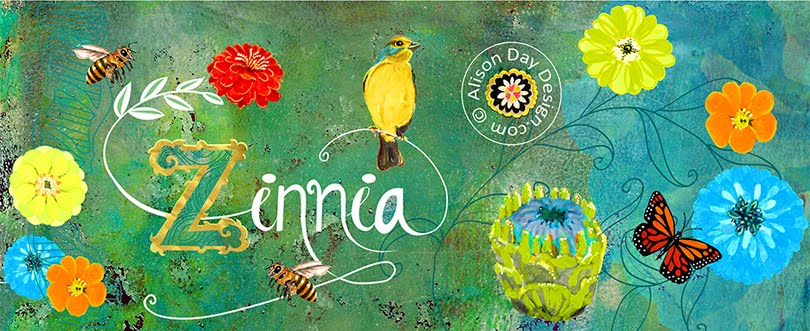Keeping fit
doesn’t always have to mean going slavishly to the gym, dressed in this
season’s lycra mishap, baseball cap crammed down as far as it will go (to
remain incognito), and acting like a demented hamster on a conveyor belt, in
order to fight the flab!
There are
other activities to hand, which can be fun, keep you fit and happy and help to
keep your social skills sharp as well. Have you ever thought of taking a dance
class? No, I don’t mean attempting to relive Flash Dance under the pretext of
being ‘discovered’ as the new dance hottie in town. There are a multitude of
dance opportunities on offer such as Ballroom dancing, Salsa, Tango, Quickstep,
Cha-cha-cha and even Belly dancing. Dancing is for everyone young and old. It
seems, and I have this from an informed source, that ballroom dancing is also
all the rage here, amongst the student population. Yes, surprising as this
information may seem students these days are also looking for active
distraction too.
So, let’s
take a look at a few and see what's out there
Ballroom
dancing covers several differently styled dances requiring a partner, the idea
originating in Germany. Skillful interaction between two people in a partnership
of dance means that its popularity not only continues as a form of social
dancing for events and parties, but is also part of the competitive dance arena
the world over, both for performance dance and entertainment.
Salsa
originates in the Caribbean (particularly in Cuba and Puerto Rico), Latin and
North America. The music is not surprisingly salsa music, which also has a
strong African influence. Again a partner dance with the sporadic solo steps
and group interaction, with partner change included.
‘Salsa’ is
the Spanish word for sauce. This spicy dance is flirtatious and sensuous. A
well-known dance school for this is Salsa Roy in Groningen (Dutch)
The passionate and intimate dance for two, the Tango was originally known
as tango criollo or simply tango. It
originated in Buenos Aires, Argentina and Montevideo, Uruguay, as a result of a
music genre by the same name, originating in South America. One of the many
tango styles of today, the popular Argentinean style can be recognized due
to its melodic nature and the use of percussion to break up any heavy accents. What many consider to be the authentic tango is that
which is closest to that originally danced in Argentina and Uruguay.
Belly
dancing is a western term for a traditional Middle Eastern dance form. In
Arabic, Raqs Sharqi is literally
translated as ‘oriental’, ‘national’ or ‘folk’ dance. The origins of the term originate in Egypt. In Greece and the Balkans,
belly dance is known as tsiftetelli.
Belly dancing is ‘uniquely designed for the female body, with an
emphasis on abdominal muscles, hip moves, and chest moves. It is firm and
earthy, traditionally with bare feet connected to the ground. It is a dance
characterized by smooth, flowing, complex, and sensual movements of the torso,
alternated with shaking and shimmy type moves’.
Should you
be interested in taking up belly dancing: Aina Danst offers
courses for people at all levels, including the possibility of a proof lesson.




